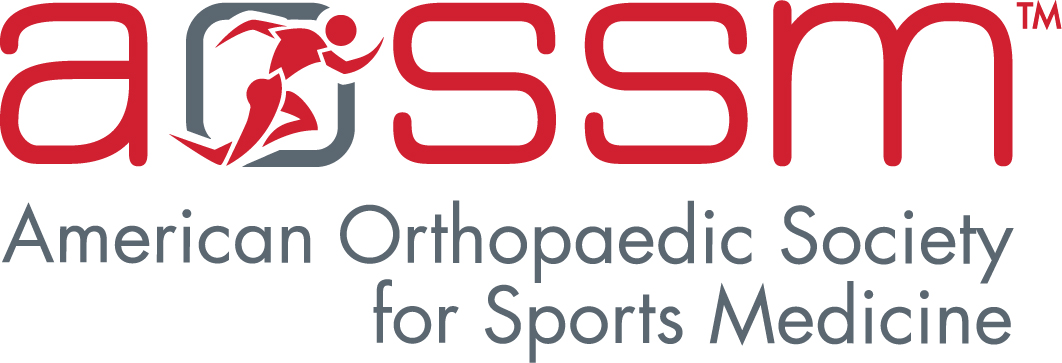For further information, contact: Lisa Doty, Director of Communications Beeper in Vancouver July 11-15 (604) 977-1356 Before July 10 and After July 15 (847) 292-4900
MRI and Kids: Findings of New Study May Prevent Unnecessary Surgery
July 12, 1998-Vancouver, British Columbia, Canada-Injuries to the meniscus have increased in children in recent years, most likely because of increased participation in competitive sports and a greater awareness among physicians. The meniscus is the crescent-shaped piece of cartilage that cushions the knee and provides stability to the joint. MRI, or magnetic resonance imaging, is the diagnostic tool of choice for detecting mensical tears in adults. In many cases, surgery is performed only after receiving positive MRI results confirming the findings of a physical exam. According to a study presented at the 24th Annual Meeting of the American Orthopaedic Society for Sports Medicine at the Vancouver Trade and Convention Centre, the same does not hold true for children.
"We found a surprisingly high incidence of false positive MRI results in children," said Randy S. Schwartzberg, MD, from Central Florida Sports Medicine Institute, who authored the study. "This leads very often to unnecessary arthroscopic surgery of the knee." In order to confirm his experience, Dr. Schwartzberg and his colleagues asked 55 volunteers between the ages of nine and 15 who had no history of knee surgery or any present symptoms, to undergo an MRI on one knee. Over half of the MRIs revealed a signal consistent with a meniscal tear that could often serve as an indication for surgical intervention, even though none of the volunteers actually did require surgery.
"This study shows that MRI should not be relied upon as the sole indicator of a meniscal tear," Dr. Schwartzberg said. "A history and physical exam consistent with a tear along with the failure to respond to non-operative treatment should be factors that indicate the need for surgery."
The authors hypothesize that it may be normal for many children and adolescents to have changes in their meniscus that mimic tears on MRI. Other possible explanations include misinterpreted MRI results or variations in the volunteer's anatomy. In addition, there are more blood vessels in the pediatric and adolescent knee than in the adult knee. It is possible that these vessels may explain the difference in the pediatric MRI. Additional researchers in this study include Lawrence Lemak, MD, from Alabama Sports Medicine and Orthopaedic Center and Martin L. Schwartz, MD, from HealthSouth Medical Center, Department of Radiology.
The American Orthopaedic Society for Sports Medicine (AOSSM) is an international medical specialty association of allied health professionals and physicians, primarily orthopaedic surgeons, who have demonstrated a significant and long-term commitment to sports medicine. The AOSSM promotes and supports education and research programs in sports medicine, including those concerned with physical fitness, as well as programs designed to advance our knowledge in the recognition, treatment, rehabilitation and prevention of athletic injuries. ###
